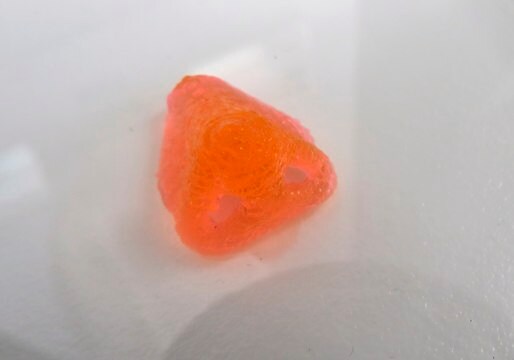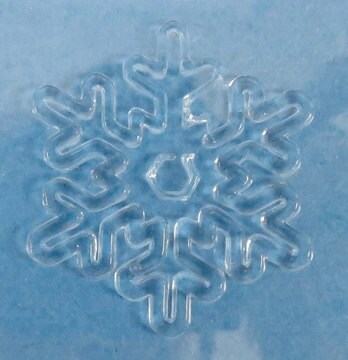915025
TissueFab® bioink Bone
UV/365 nm
Sinónimos:
3D Bioprinting, Bioink, GelMA, TissueFab
About This Item
Productos recomendados
descripción
0.2 μm sterile filtered
suitable for 3D bioprinting applications
Nivel de calidad
Formulario
gel form (viscous)
impurezas
≤5 CFU/g Bioburden (Fungal)
≤5 CFU/g Bioburden (Total Aerobic)
color
white
pH
6.5-7.5
aplicaciones
3D bioprinting
temp. de almacenamiento
2-8°C
¿Está buscando productos similares? Visita Guía de comparación de productos
Aplicación
Información legal
Código de clase de almacenamiento
12 - Non Combustible Liquids
Clase de riesgo para el agua (WGK)
WGK 3
Elija entre una de las versiones más recientes:
Certificados de análisis (COA)
Lo sentimos, en este momento no disponemos de COAs para este producto en línea.
Si necesita más asistencia, póngase en contacto con Atención al cliente
¿Ya tiene este producto?
Encuentre la documentación para los productos que ha comprado recientemente en la Biblioteca de documentos.
Artículos
Bioinks can be 3D bioprinted into functional tissue constructs for drug screening, disease modeling, and in vitro transplantation. Choose the Bioinks and method for specific tissues engineering applications.
Nuestro equipo de científicos tiene experiencia en todas las áreas de investigación: Ciencias de la vida, Ciencia de los materiales, Síntesis química, Cromatografía, Analítica y muchas otras.
Póngase en contacto con el Servicio técnico



![Poly[(R)-3-hydroxybutyric acid] natural origin](/deepweb/assets/sigmaaldrich/product/structures/129/476/7d1c924b-f644-4889-a2d6-d7a923ce382c/640/7d1c924b-f644-4889-a2d6-d7a923ce382c.png)



